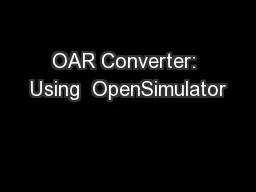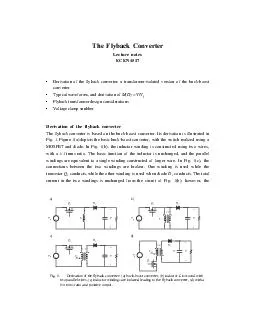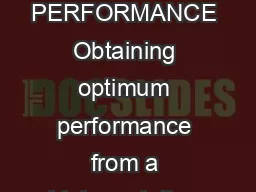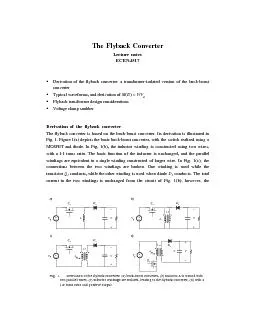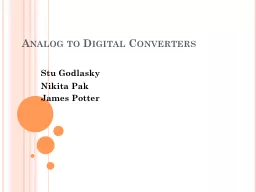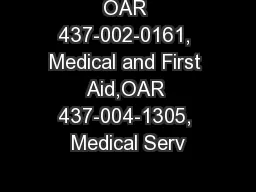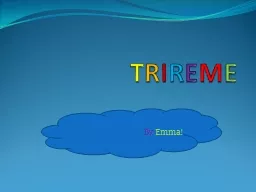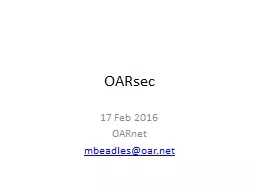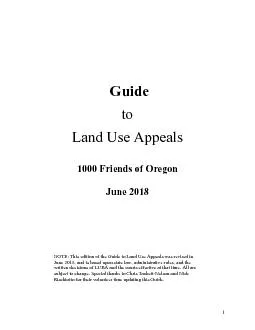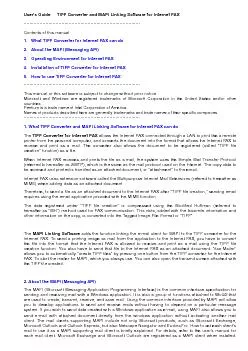PPT-OAR Converter: Using OpenSimulator
Author : marina-yarberry | Published Date : 2018-03-14
and Unity as a Shared Development Environment for Social Virtual Reality Environments Fumikazu Iseki Tokyo Univ of Info Sci Dept of Informatics Japan Daichi
Presentation Embed Code
Download Presentation
Download Presentation The PPT/PDF document "OAR Converter: Using OpenSimulator" is the property of its rightful owner. Permission is granted to download and print the materials on this website for personal, non-commercial use only, and to display it on your personal computer provided you do not modify the materials and that you retain all copyright notices contained in the materials. By downloading content from our website, you accept the terms of this agreement.
OAR Converter: Using OpenSimulator: Transcript
Download Rules Of Document
"OAR Converter: Using OpenSimulator"The content belongs to its owner. You may download and print it for personal use, without modification, and keep all copyright notices. By downloading, you agree to these terms.
Related Documents

